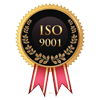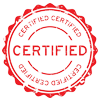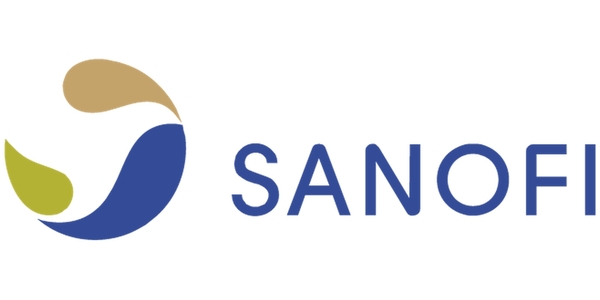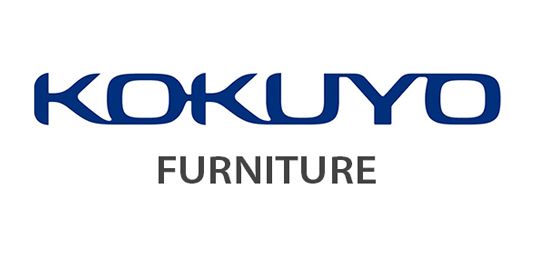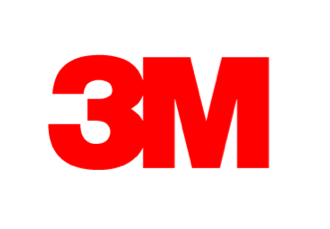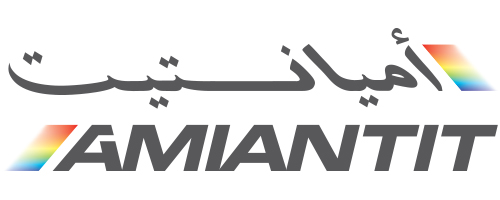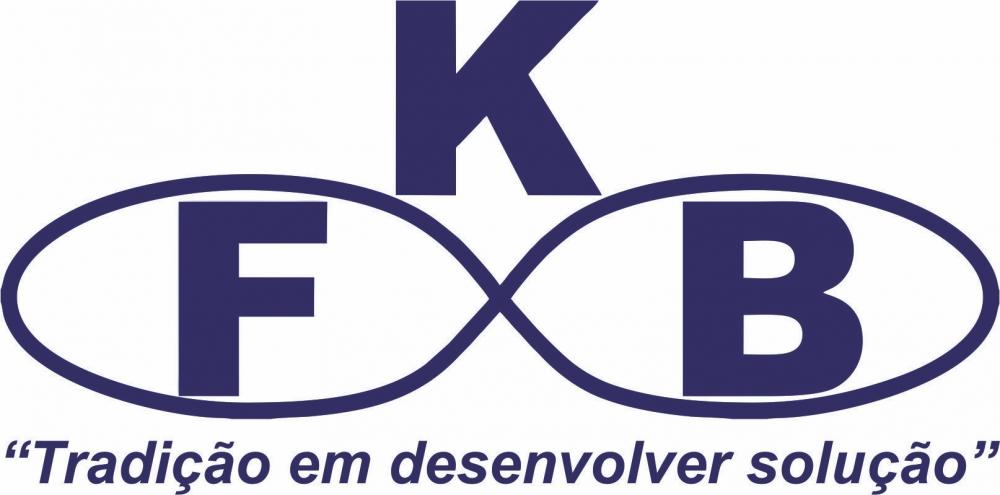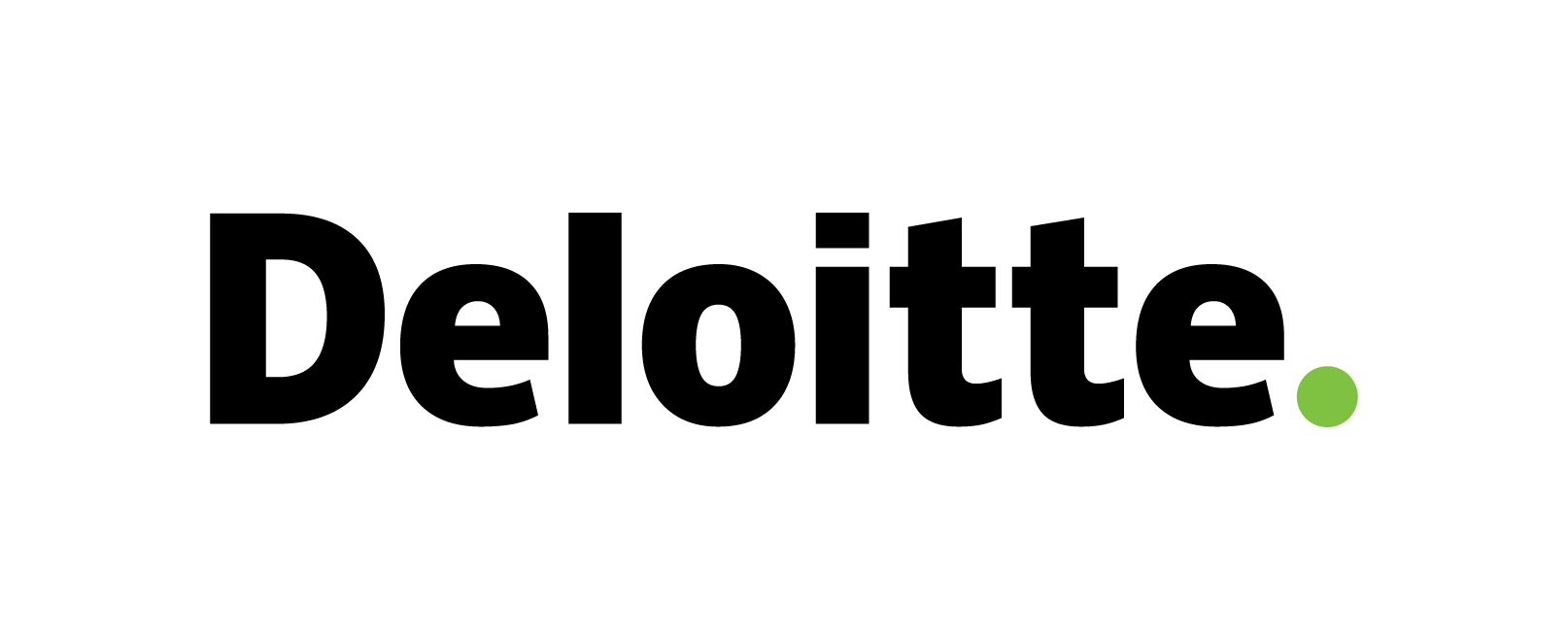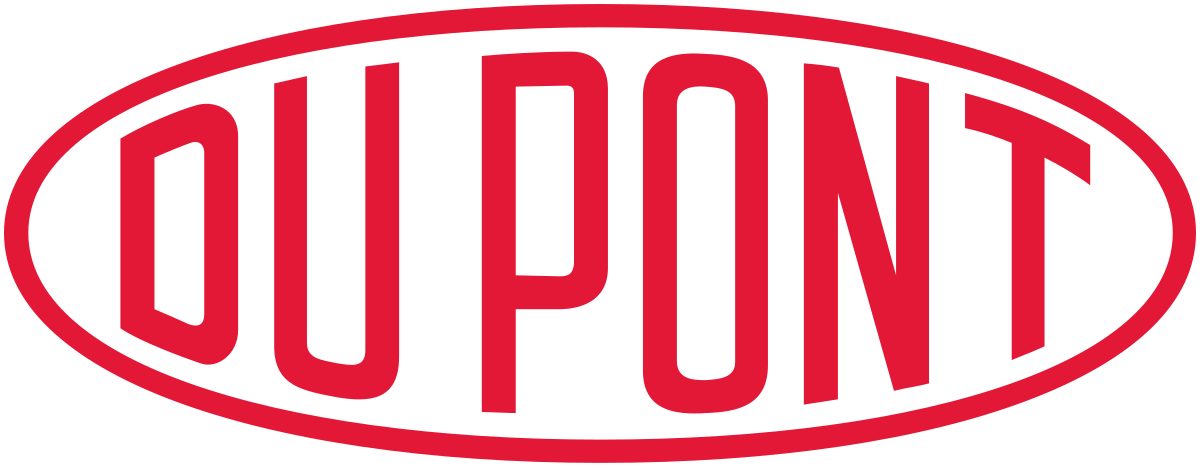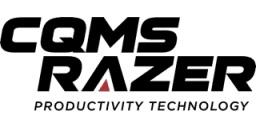Home Fitness Equipment Market
Home Fitness Equipment Market Trends, Opportunity, and Forecast Analysis, 2025-2035
Home Fitness Equipment market revenue to generate USD 23.8 billion revenue by 2035, according to KDMI analyst’s growth analysis. The market is segmented by product type, category, price range, and by region.
Home Fitness Equipment Market Size Survey Report – In a Glance
As per the survey report on Global Home Fitness Equipment market, the market is projected to foresee a CAGR of 7.2% between 2025-2035, and further generate a market size of USD 23.8 billion revenue by the end of 2035. In the year 2025, the market size was valued at USD 12.9 billion revenue.
- The global Home Fitness Equipment market is projected to grow on account of the Rising inclination towards smart fitness equipment and its cost-effectiveness.
- In Japan, the Home Fitness Equipment market growth can be attributed to the increase in health-related awareness and a rise for home-based workouts.
- KDMI analyst’s growth analysis foresees lack of professional guidance to pose a challenge in the market.
- North America, having the highest market share in the Home Fitness Equipment market, is projected to dominate the global market.
Home Fitness Equipment Market Analysis
Home Fitness Equipment are fitness instruments and machines designed to exercise at home. They are available in a wide variety of range varying from cardiovascular equipment, flexibility equipment and strength training equipment. With the help of use of such equipment one can get rid of the hassle of commuting to the gym, and all other time-consuming process involved. Also, the cost of investment in such equipment is way more reasonable than getting regular gym membership which makes this form of exercising popular among consumers. Icon Health & Fitness, Inc., Johnson Health Tech. Co., Ltd., Core Health & Fitness LLC, Technogym S.p.A., and Peloton Interactive, Inc., are some of the significant parties in the global market for Home Fitness Equipment.
Analyst’s Observation on Japan Home Fitness Equipment Market Survey
The Home Fitness market in Japan is witnessing a steady growth driven by an increase in health-related awareness and a rise for home-based workouts. The busy urban consumers find it difficult to manage enough time to visit gym regularly and maintain a daily exercise routine accordingly. To help resolve this issue, home fitness equipment allow people to indulge with home workout and delve into a regular exercising routine with convenience. It is believed that exercise habituation also helps resolve many medical issues among the Japanese consumers. Therefore, consumers of Japan market consider health wellness an important part of their lives which contributes to the growth of the market.
|
Home Fitness Equipment Market: Report Scope |
|
|
Base Year |
2024 |
|
Estimated Market Size |
USD 12.9 Billion in 2025 |
|
Forecast Year |
2025-2035 |
|
Projected Market Size |
USD 23.8 billion in 2035 |
|
CAGR Value |
7.2% |
|
Home Fitness Equipment Market Key Trends/Major Growth Drivers |
|
|
Restraint Factors |
|
|
Home Fitness Equipment Market Segmentation |
|
|
Home Fitness Equipment Market Key Players |
ICON Health & Fitness Inc., Johnson Health Tech, Life Fitness, Nautilus, Inc, NOHRD, Nordic Track, PELOTON, PENT, Precor Inc., PRIME Fitness USA, ProForm, Schwinn, Speediance, Technogym, Tonal Systems Inc., Others |
Home Fitness Equipment Market Growth Drivers and Challenges
Growth Drivers
Rising inclination towards smart fitness equipment and its cost-effectiveness fuelling the market growth:
The growth in the interest of consumers in smart fitness equipment available currently due to advancements in technology has led to the growth of home fitness equipment market. Consumers prefer to invest in such equipment as they are more durable than a gym membership and allows users to have a flexible routine making exercising possible for them whenever they like. This also boosts the consumers to remain more consistent with their routines leading to improved health of the users. Moreover, some consumers might not have gyms available in their reason or find it difficult to access such facilities, hence home fitness equipment can cater to consumers globally across regions fuelling the market expansion.
Awareness related to health benefits and boost in home fitness due to Covid-19:
The Covid-19 pandemic has a huge impact on people all around the world in various ways, the need for better health is one of them. People all around are more motivated to indulge in regular exercising to make their body less prone to diseases as regular exercising has a direct impact on improved health. Additionally, during the pandemic people were confined within their homes barely able to access public places for exercise like the gym or parks. This led to people indulging in home workout routines which was made possible and convenient through the help of home fitness equipment, thus swiftly gaining popularity among consumers and experiencing a rapid surge in demand. As a result, post pandemic people still prefer indulging in home workouts and this has led to the growth of the market.
Market Challenges and Restraints
Lack of professional guidance leaving room for health risks:
One of the key challenges that the home fitness market experiences is the lack of professional guidance that can be provided to the consumers. The absence of such guidance can put the consumers at risk of injuries which may be caused by poor posture or wrong method of exercising. Without trainers or professional to rely on, users are not so aware about the proper instructions of an exercise and this can risk their health. Moreover, the structured atmosphere of the gym allows individual to remain motivated and encouraged by their peers, home exercising lacks this aspect and thus, this factor serves as a key challenge to the market.
Low motivation and easy access leading to workout negligence:
Home fitness equipment provides convenience to the users but it can also contribute to the lack of discipline and regularity among users. The east access of the at-home workouts can cause the user to procrastinate or have a relaxed attitude towards their fitness goals. Without an external body keeping a check or making the users feel accountable, individuals may be more prone to skipping workout sessions more easily, building a psychological barrier that physically going to a designated place will help them remain regular. This factor can impact the market expansion.
Home Fitness Equipment Market Segmentation
Our experts at KD Market Insights have segmented the global Home Fitness Equipment market research report as:
|
By Product Type |
|
|
By Category |
|
|
By Price Range |
|
|
By Region |
|
Home Fitness Equipment Market Regional Synopsis
North America leads the global market of home fitness equipment driven by the growing awareness around health consciousness, rise in obesity rates and the increased focus on physical well-being. In a report by National Institute of Diabetes and Digestive and Kidney diseases, it states that nearly 1 in 3 adults (30.7%) are overweight, more than 2 in 5 adults (42.4%) have obesity and about 1 in 11 adults (9.2%) have severe obesity. Therefore, Consumers of this region have begun investing more in personal health and proper care of their bodies like indulging in at-home workouts to manage their weight and improve their overall fitness.
Europe’s market growth is fuelled by an increase in the consumer awareness regarding health and a preference for home-based exercises. Manufacturers have introduced equipment with advanced features that have attracted the consumers to invest more in such purchases and thus, these innovations have led to the market to expand in this region significantly.
The Asia-Pacific region is experiencing a rapid growth in fitness due to the increase in fitness influencers like Chloe Ting, who have attracted a large audience with their home-based workouts. This has motivated a large number of users to indulge in home-based exercises especially girls, thus, expanding the market growth for home fitness equipment rapidly.
Latin America market has also witnessed a notable growth due to the expanding middle-income population wanting to ensure good health to avoid health issues in the future. Rise in the awareness of health benefits have led the consumers of the region indulge with regular exercising. Middle East and Africa market are also indulging in home based exercises to improve their fitness and with the growing residential infrastructure, it is more viable for people to indulge with home fitness equipment.
As per our analysts at KD Market Insights, the following five players lead the North America Home Fitness Equipment market growth:
- Nautilus
- Technogym
- Peloton Interactive
- Johnson Health Tech
- Icon Health & Fitness
Home Fitness Equipment Market Competitive Landscape
Some of the key players who top the global Home Fitness Equipment market share:
- ICON Health & Fitness Inc.
- Johnson Health Tech
- Life Fitness
- Nautilus, Inc
- NOHRD
- Nordic Track
- PELOTON
- PENT
- Precor Inc.
- PRIME Fitness USA
- ProForm
- Schwinn
- Speediance
- Technogym
- Tonal Systems Inc.
- Executive Summary
- Market Overview
- Key Findings
- Market Trends
- Market Outlook
- Introduction
- Scope of the Report
- Research Methodology
- Definitions and Assumptions
- Acronyms and Abbreviations
- Market Dynamics
- Drivers
- Restraints
- Opportunities
- Challenges
- Global Home Fitness Equipment Market
- Market Overview
- Market Size and Forecast
- Market Segmentation
- By Product type
- By Category
- By Price range
- By Region
- Market Segmentation by Product type
- Cardiovascular Training Equipment
- Strength Training Equipment
- Market Segmentation by Category
- Conventional Equipment
- Smart Equipment
- Market Segmentation by Price range
- Low
- Medium
- High/Premium
- Regional Analysis
- North America
- United States
- Market Size and Forecast
- Key Trends and Developments
- Market Analysis by Product type, Category, and Price range
- Canada
- Market Size and Forecast
- Key Trends and Developments
- Market Analysis by Product type, Category, and Price range
- Mexico
- Market Size and Forecast
- Key Trends and Developments
- Market Analysis by Product type, Category, and Price range
- United States
- Europe
- United Kingdom
- Market Size and Forecast
- Key Trends and Developments
- Market Analysis by Product type, Category, and Price range
- Germany
- Market Size and Forecast
- Key Trends and Developments
- Market Analysis by Product type, Category, and Price range
- France
- Market Size and Forecast
- Key Trends and Developments
- Market Analysis by Product type, Category, and Price range
- Italy
- Market Size and Forecast
- Key Trends and Developments
- Market Analysis by Product type, Category, and Price range
- Spain
- Market Size and Forecast
- Key Trends and Developments
- Market Analysis by Product type, Category, and Price range
- Rest of Europe
- Market Size and Forecast
- Key Trends and Developments
- Market Analysis by Product type, Category, and Price range
- United Kingdom
- Asia Pacific
- China
- Market Size and Forecast
- Key Trends and Developments
- Market Analysis by Product type, Category, and Price range
- Japan
- Market Size and Forecast
- Key Trends and Developments
- Market Analysis by Product type, Category, and Price range
- India
- Market Size and Forecast
- Key Trends and Developments
- Market Analysis by Product type, Category, and Price range
- Australia
- Market Size and Forecast
- Key Trends and Developments
- Market Analysis by Product type, Category, and Price range
- South Korea
- Market Size and Forecast
- Key Trends and Developments
- Market Analysis by Product type, Category, and Price range
- Rest of Asia Pacific
- Market Size and Forecast
- Key Trends and Developments
- Market Analysis by Product type, Category, and Price range
- China
- Latin America
- Brazil
- Market Size and Forecast
- Key Trends and Developments
- Market Analysis by Product type, Category, and Price range
- Argentina
- Market Size and Forecast
- Key Trends and Developments
- Market Analysis by Product type, Category, and Price range
- Colombia
- Market Size and Forecast
- Key Trends and Developments
- Market Analysis by Product type, Category, and Price range
- Rest of Latin America
- Market Size and Forecast
- Key Trends and Developments
- Market Analysis by Product type, Category, and Price range
- Brazil
- Middle East & Africa
- South Africa
- Market Size and Forecast
- Key Trends and Developments
- Market Analysis by Product type, Category, and Price range
- Saudi Arabia
- Market Size and Forecast
- Key Trends and Developments
- Market Analysis by Product type, Category, and Price range
- UAE
- Market Size and Forecast
- Key Trends and Developments
- Market Analysis by Product type, Category, and Price range
- Rest of Middle East & Africa
- Market Size and Forecast
- Key Trends and Developments
- Market Analysis by Product type, Category, and Price range
- South Africa
- North America
- Competitive Landscape
- Market Share Analysis
- Company Profiles
- ICON Health & Fitness Inc.
- Johnson Health Tech
- Life Fitness
- Nautilus, Inc
- NOHRD
- Nordic Track
- PELOTON
- PENT
- Precor Inc.
- PRIME Fitness USA
- ProForm
- Schwinn
- Speediance
- Technogym
- Tonal Systems Inc.
- Others
- Strategic Recommendations
- Appendix
- List of Tables
- List of Figures
- References

Need Customized Report for Your Business ?
Utilize the Power of Customized Research Aligned with Your Business Goals
Request for Customized Report- Quick Contact -
- ISO Certified Logo -

